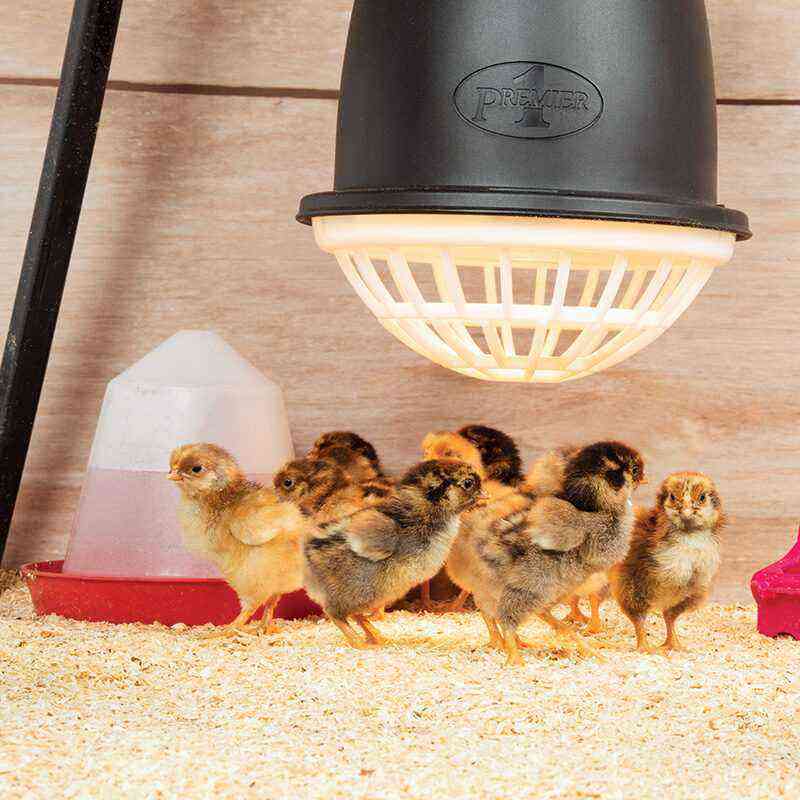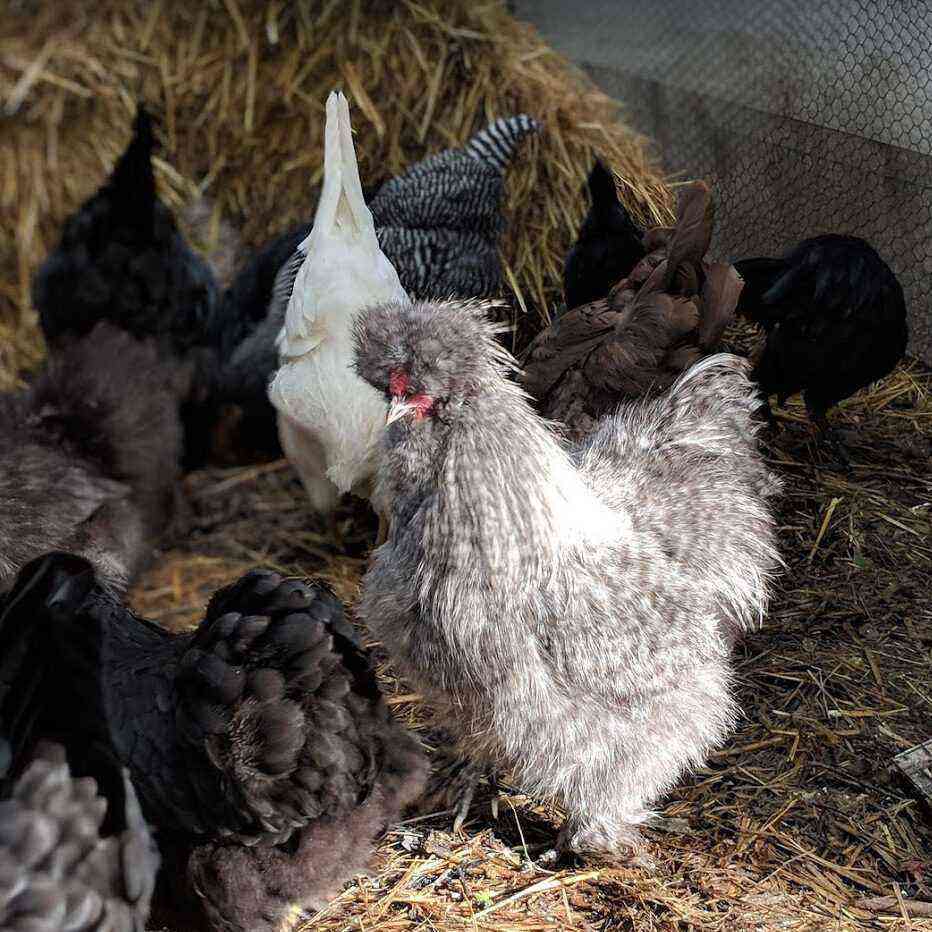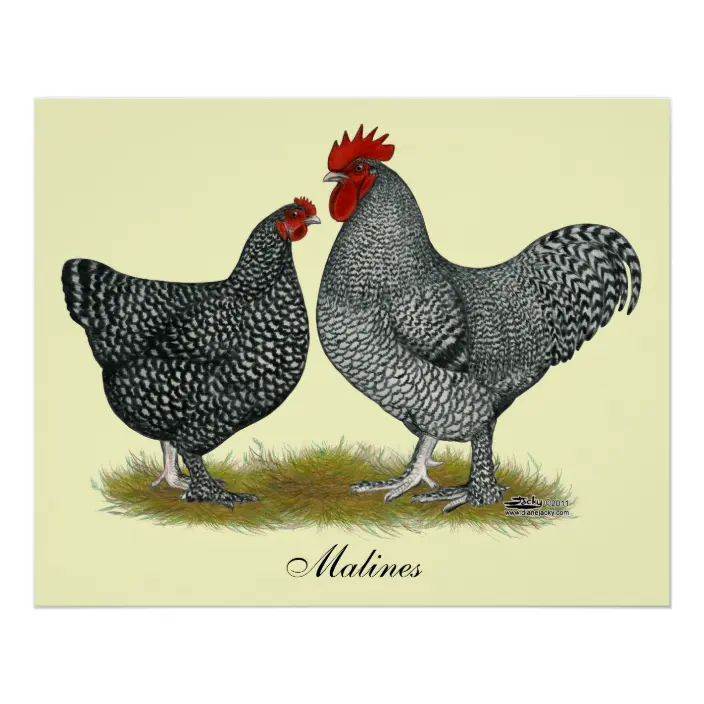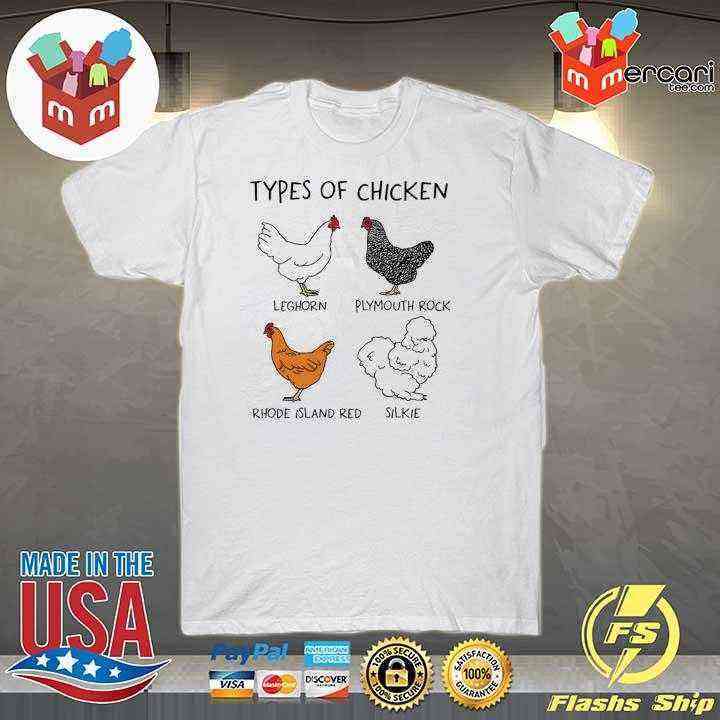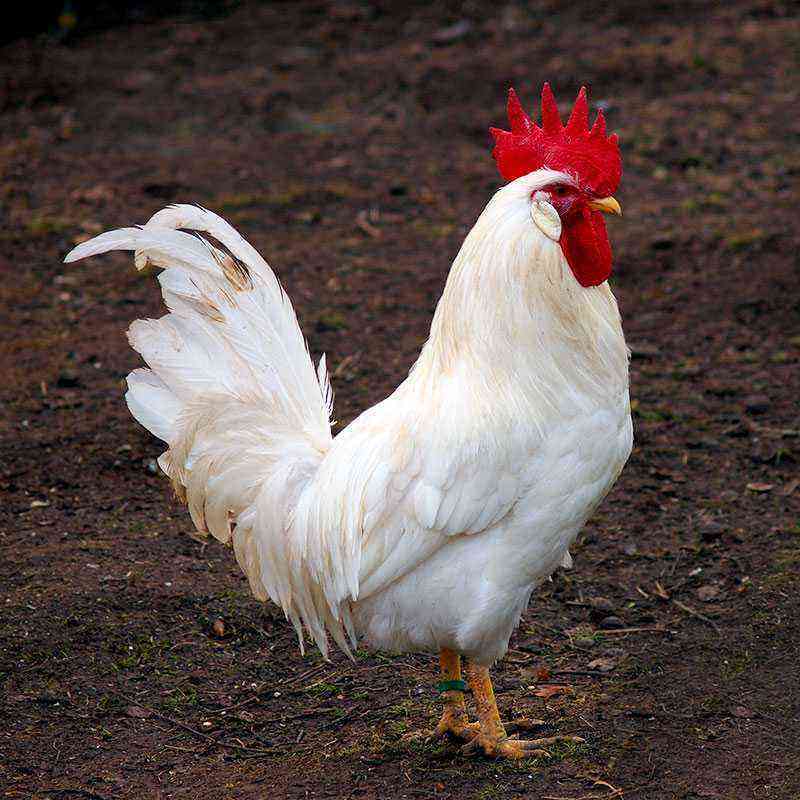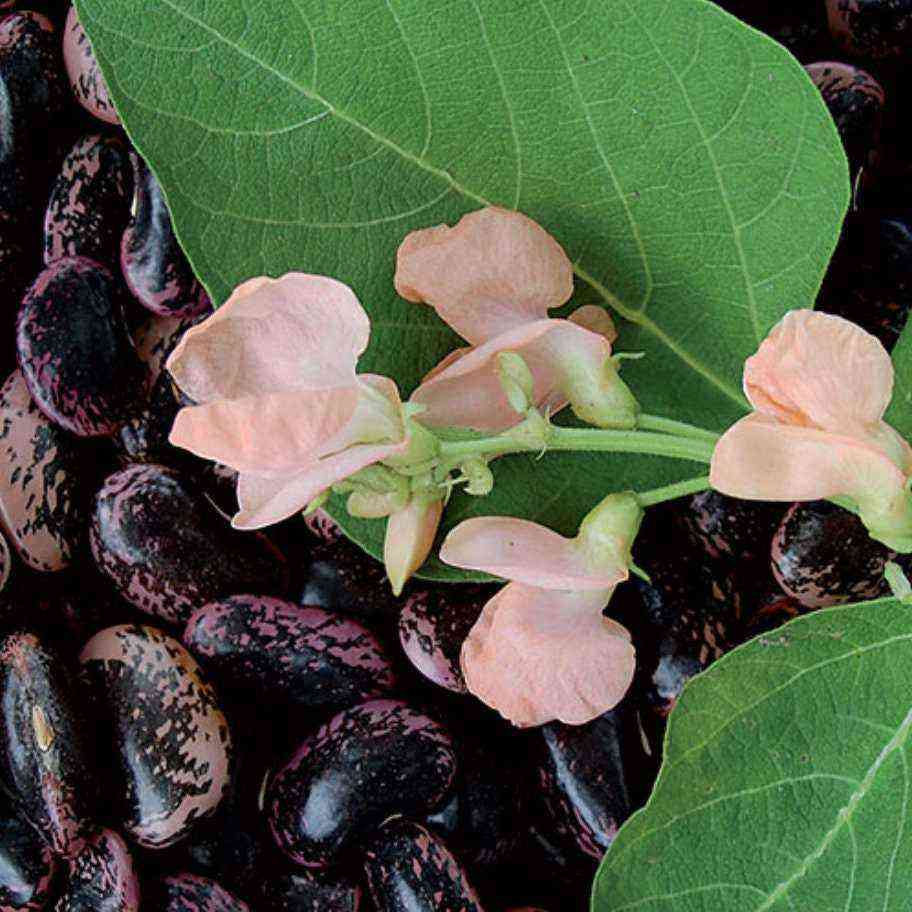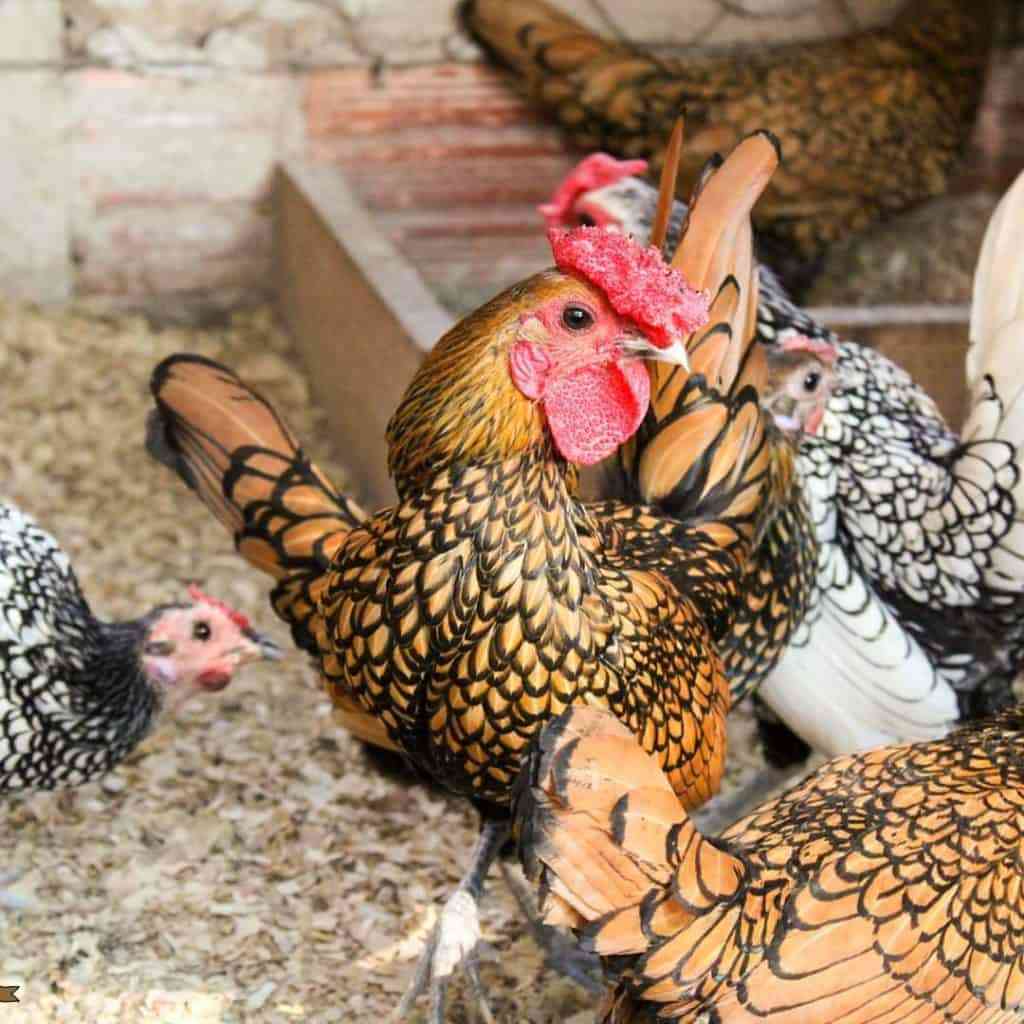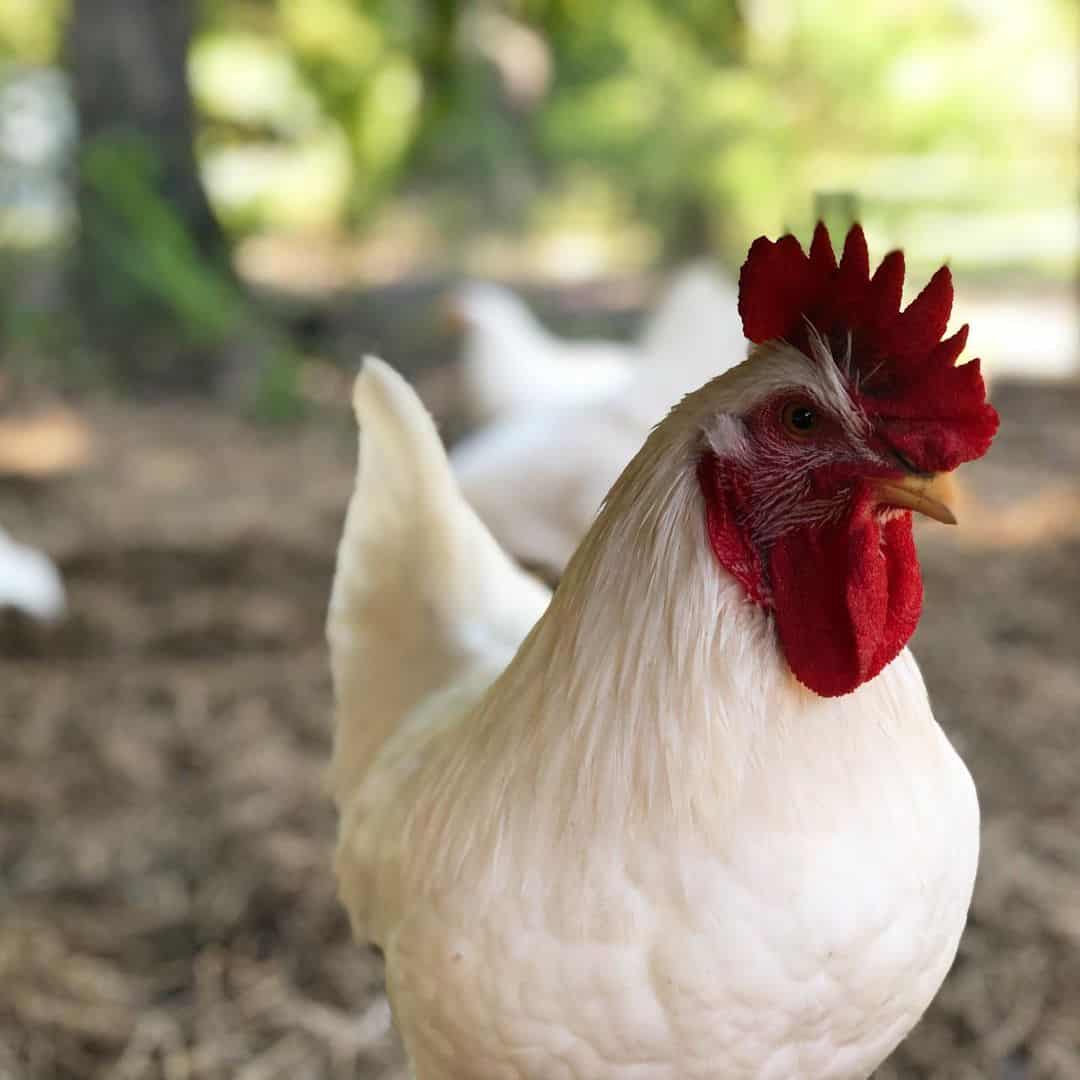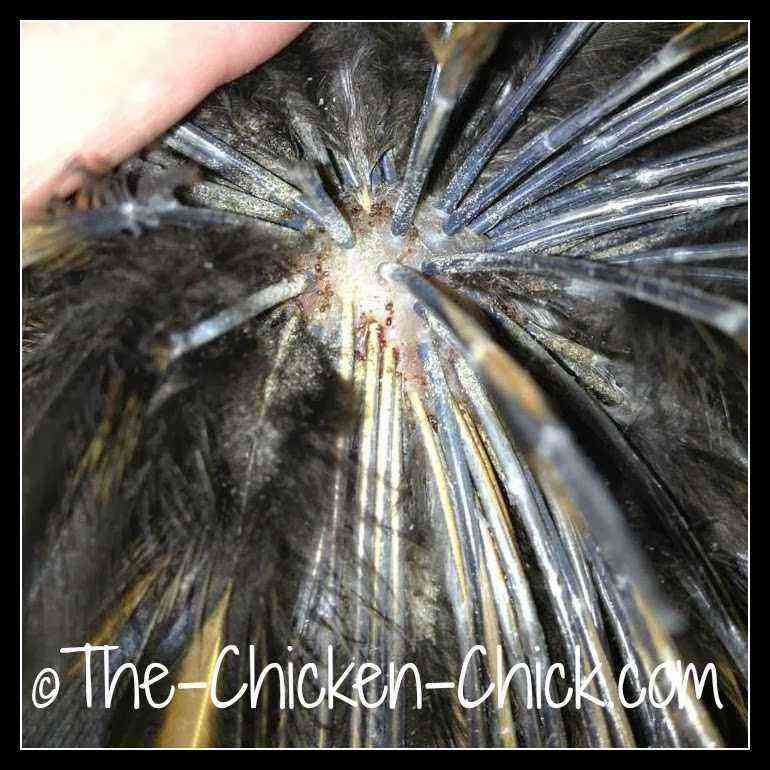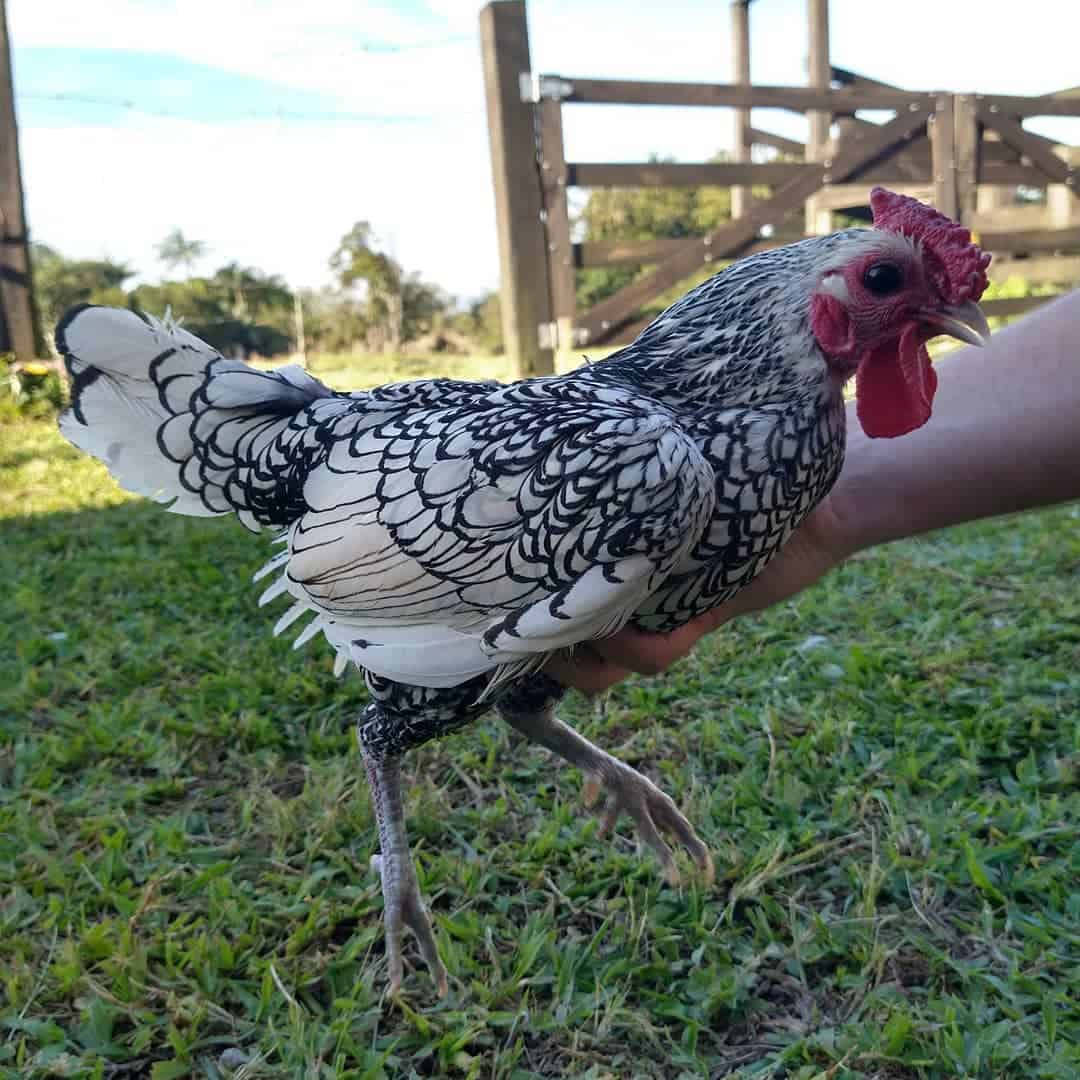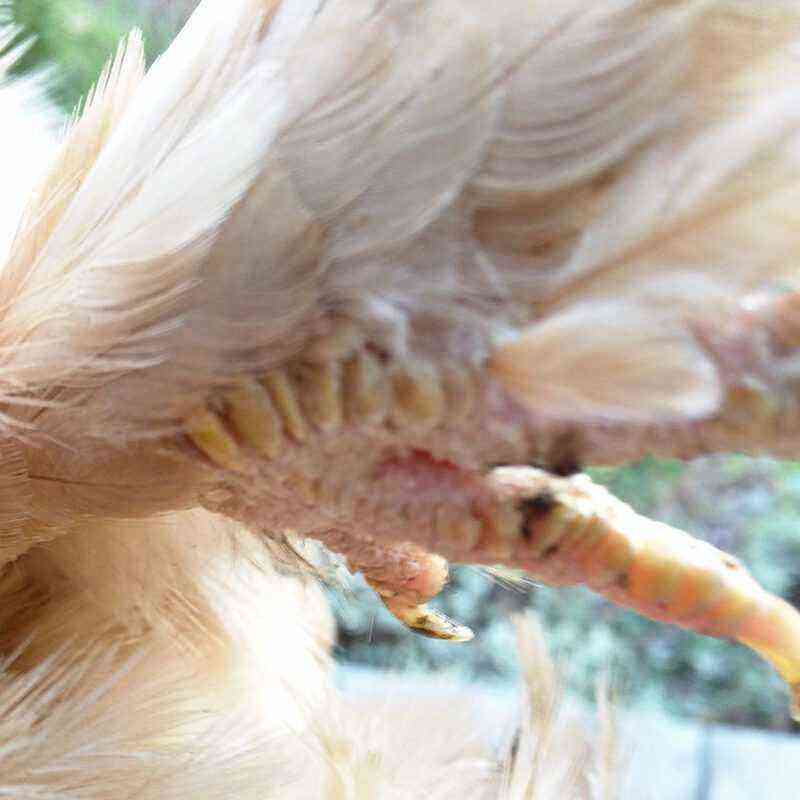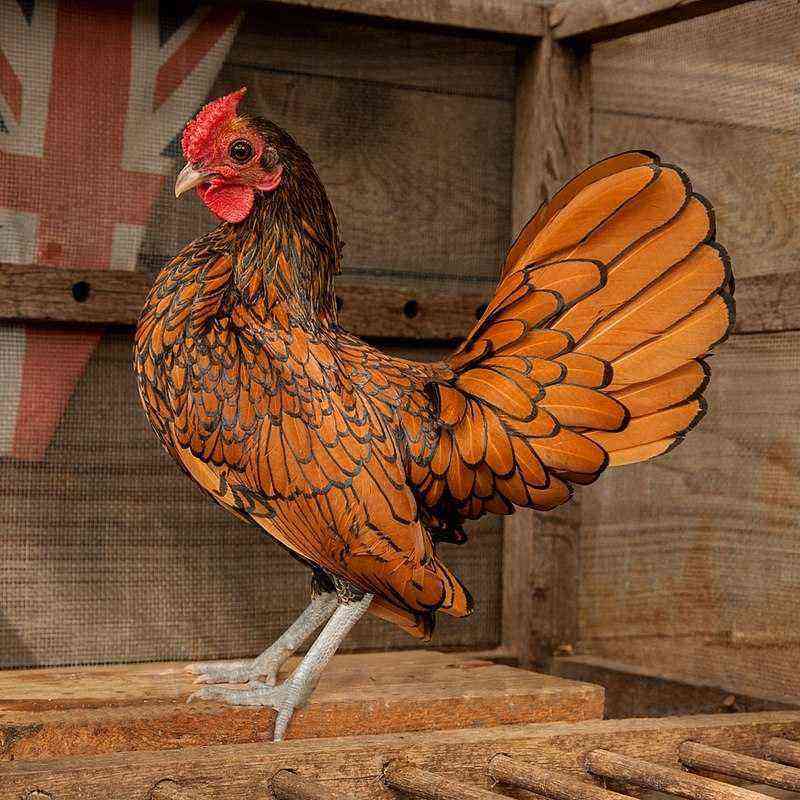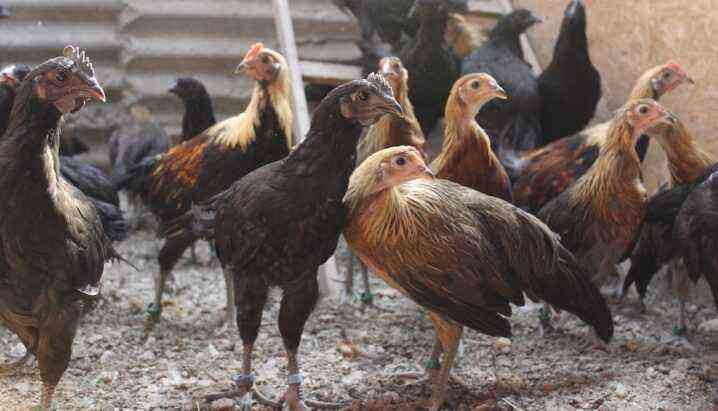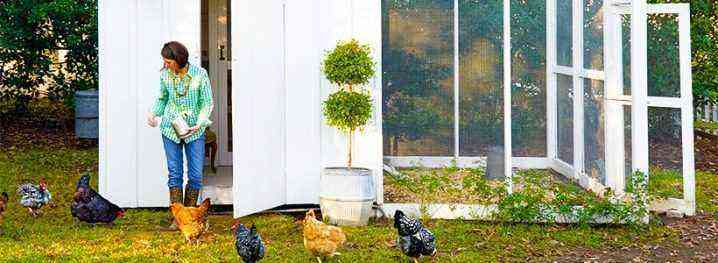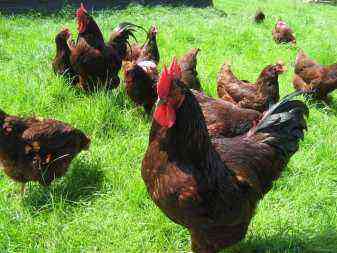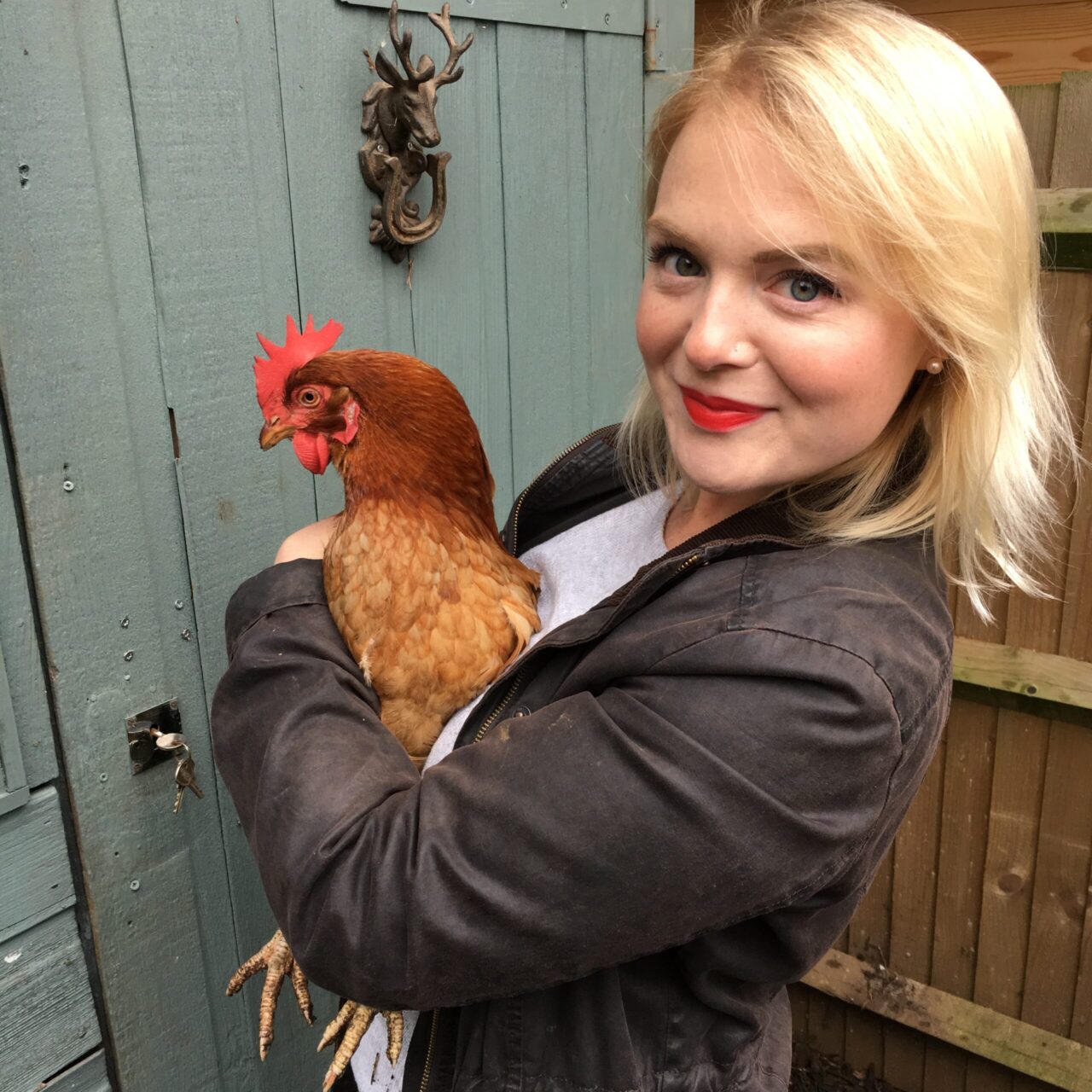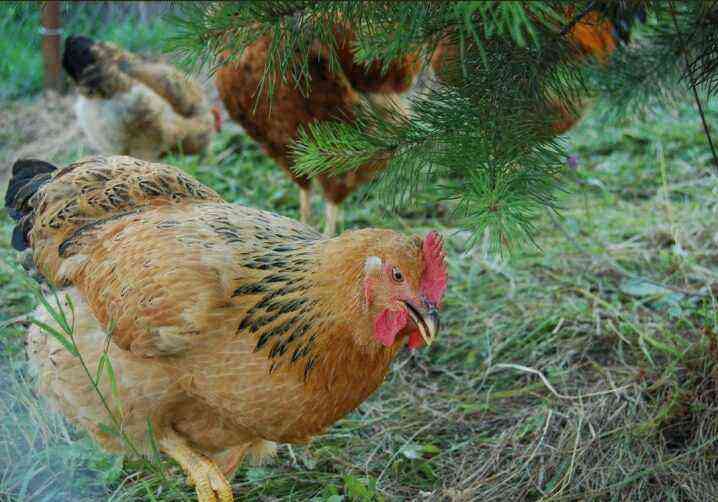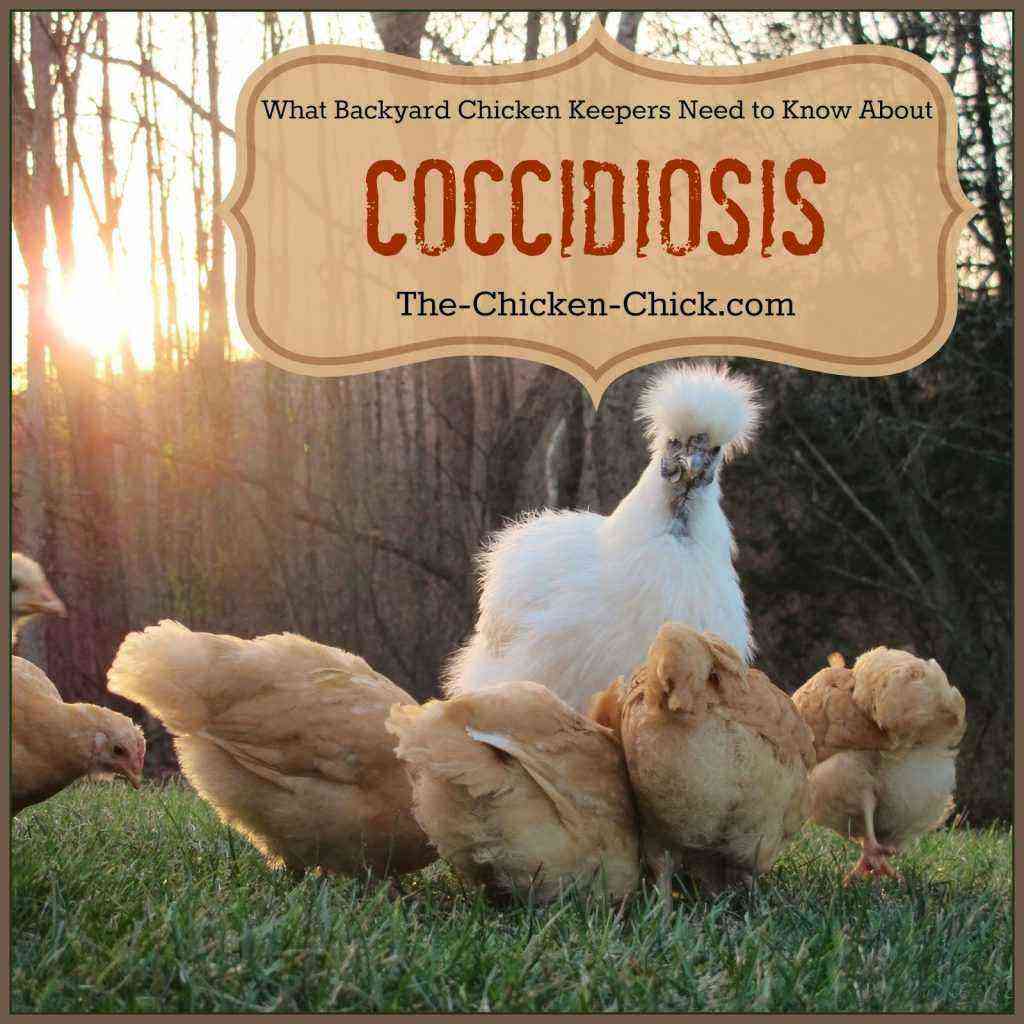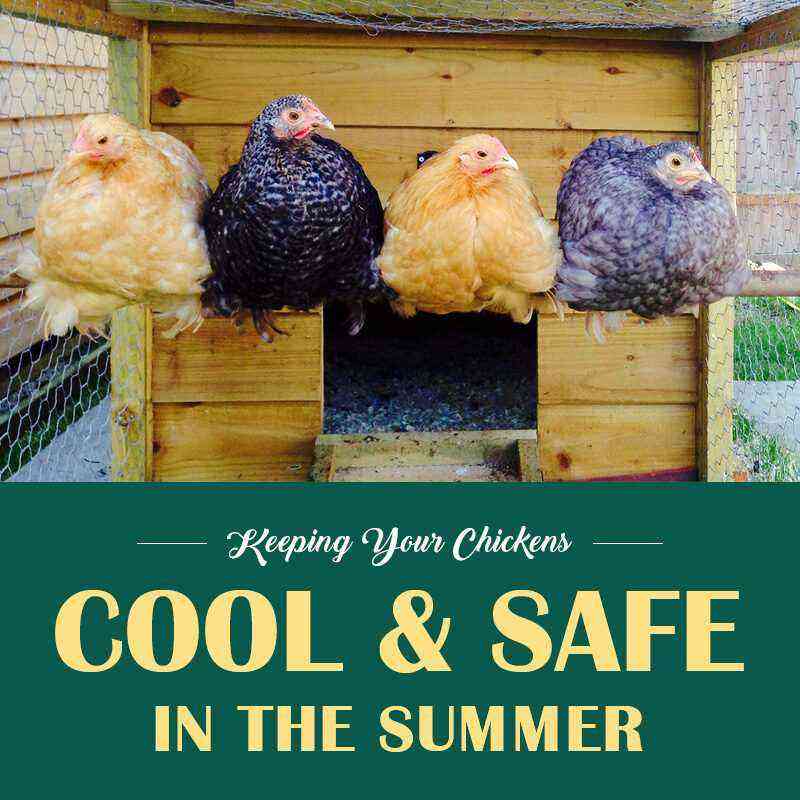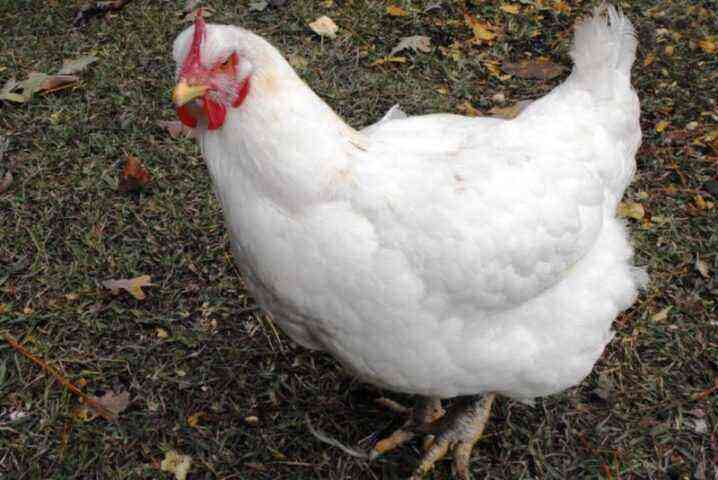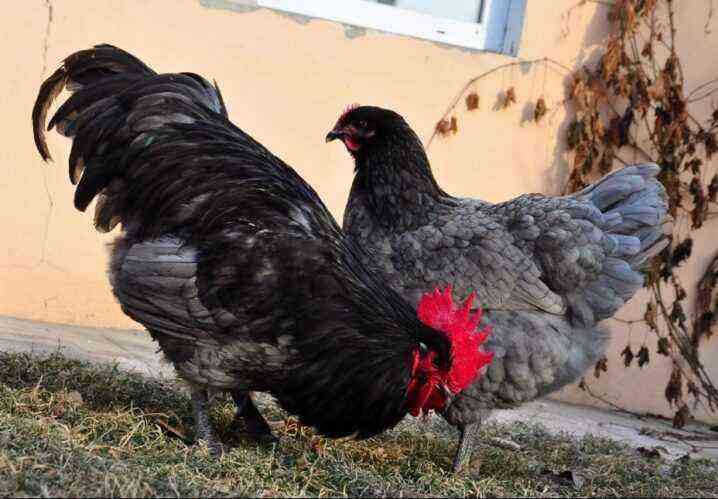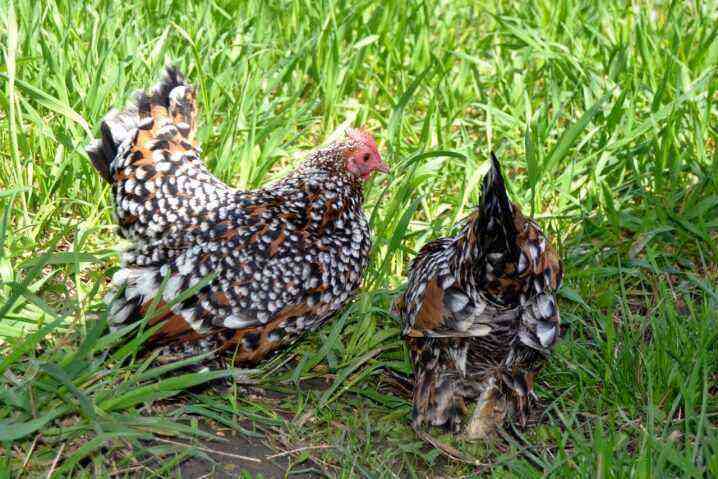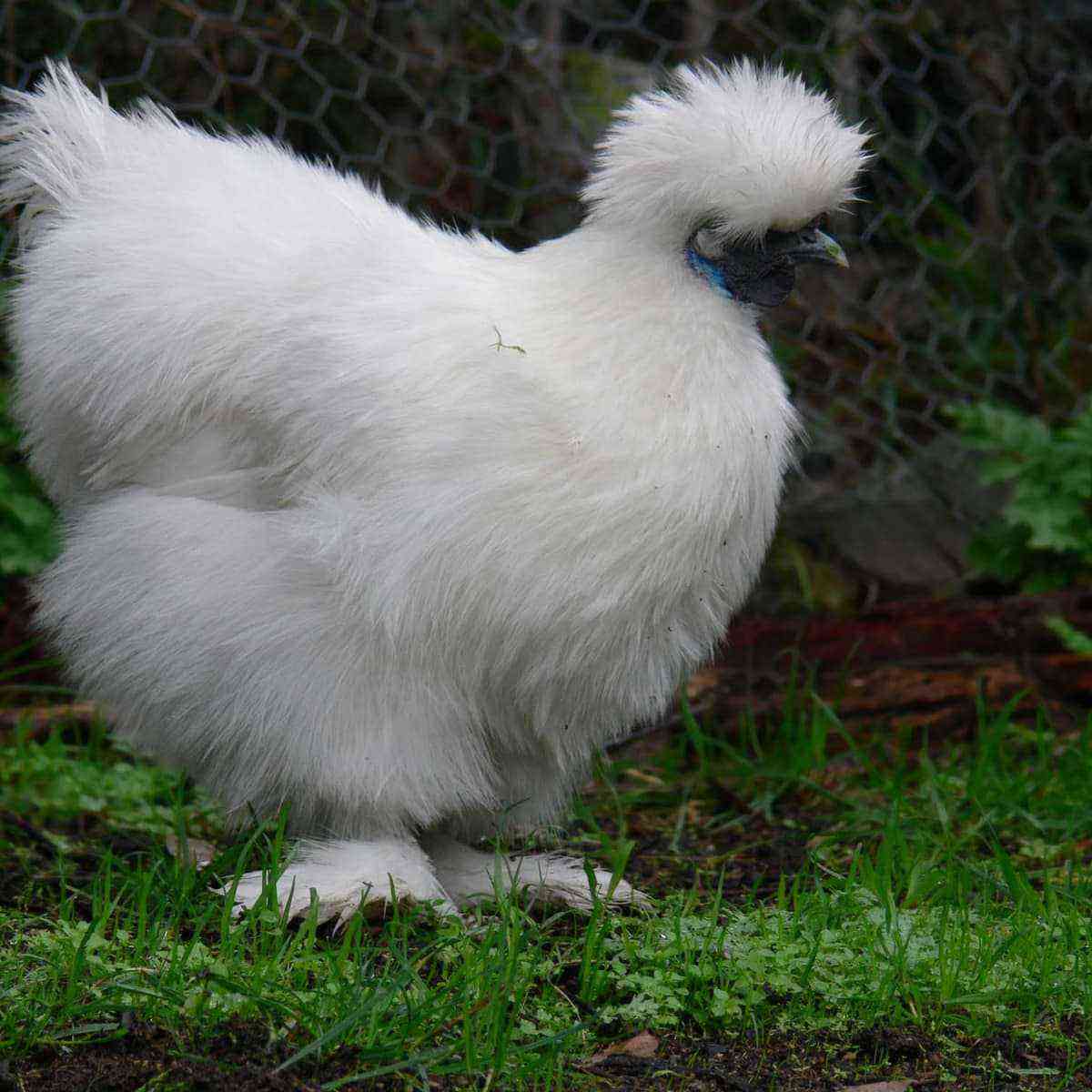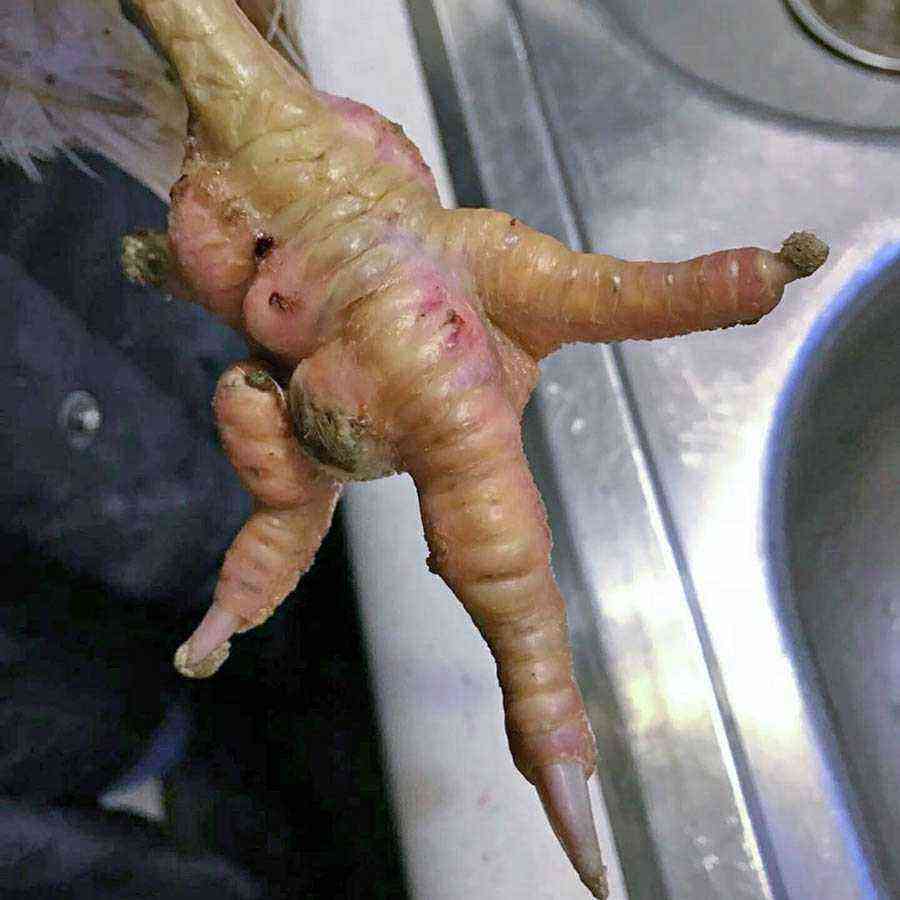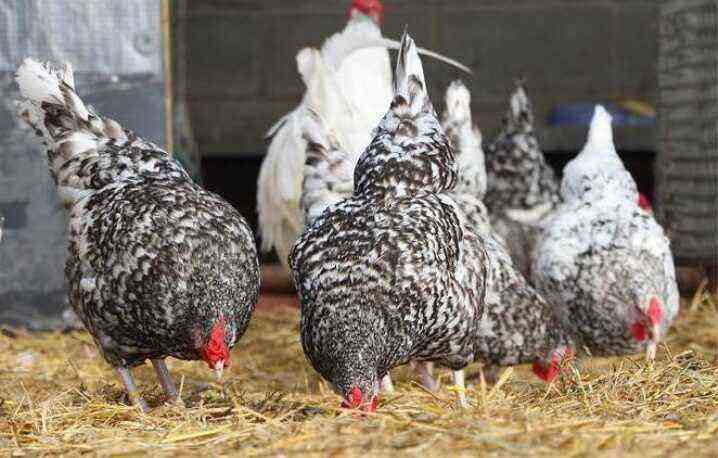The Russian crested chicken breed is very popular with Russian amateur poultry farmers. These are feathered pets that belong to the meat and egg productivity group. Adult laying hens reach a live weight of just over two kilograms, and roosters, with good, full-fledged feeding, gain weight up to three and a half kilograms. The meat of this bird is tender, tasty and juicy.
Russian crested chicken lays from 160 to 180 eggs per year, the average weight of which is about 55-56 grams.
Household owners often opt for crested chickens because of their quick adaptation and adaptability to the climatic conditions of Russia, even the most severe and cold regions of the country. Pretty impressive is also the safety of young animals, which is about 91%. Laying hens become good mothers, they have a well-developed incubation instinct.
The main feature of the Russian crested breed of chickens is the presence of a beautiful, lush tuft on the head. But, what is even more interesting, in laying hens it is much larger and better developed than in roosters. In some cases, the owners even cut the chicken’s tuft because it covers the bird’s eyes. Males do not need a haircut.
No less attractive in a crested chicken plumage – plentiful, but not loose. And the males also have a very beautiful, long tail. The color of feathers can be very different: black, white, black and white and others.
Another interesting and not quite ordinary detail in the appearance of these birds is the bend at the end of a long beak. The color of the bend can be different from the color of the beak itself and have shades from yellow to black. In addition to the tuft, on the head of the Russian crested chicken there is a not too large leaf-shaped or pink-shaped comb.
These feathered pets do not need any kind of content. Even in the cold season, they will be happy to walk around the yard. However, the chicken coop must be kept clean, water, food and bedding must be of high quality.
The Russian crested chicken is distinguished by a calm character, it is practically tame, not aggressive and does not conflict with other birds.
